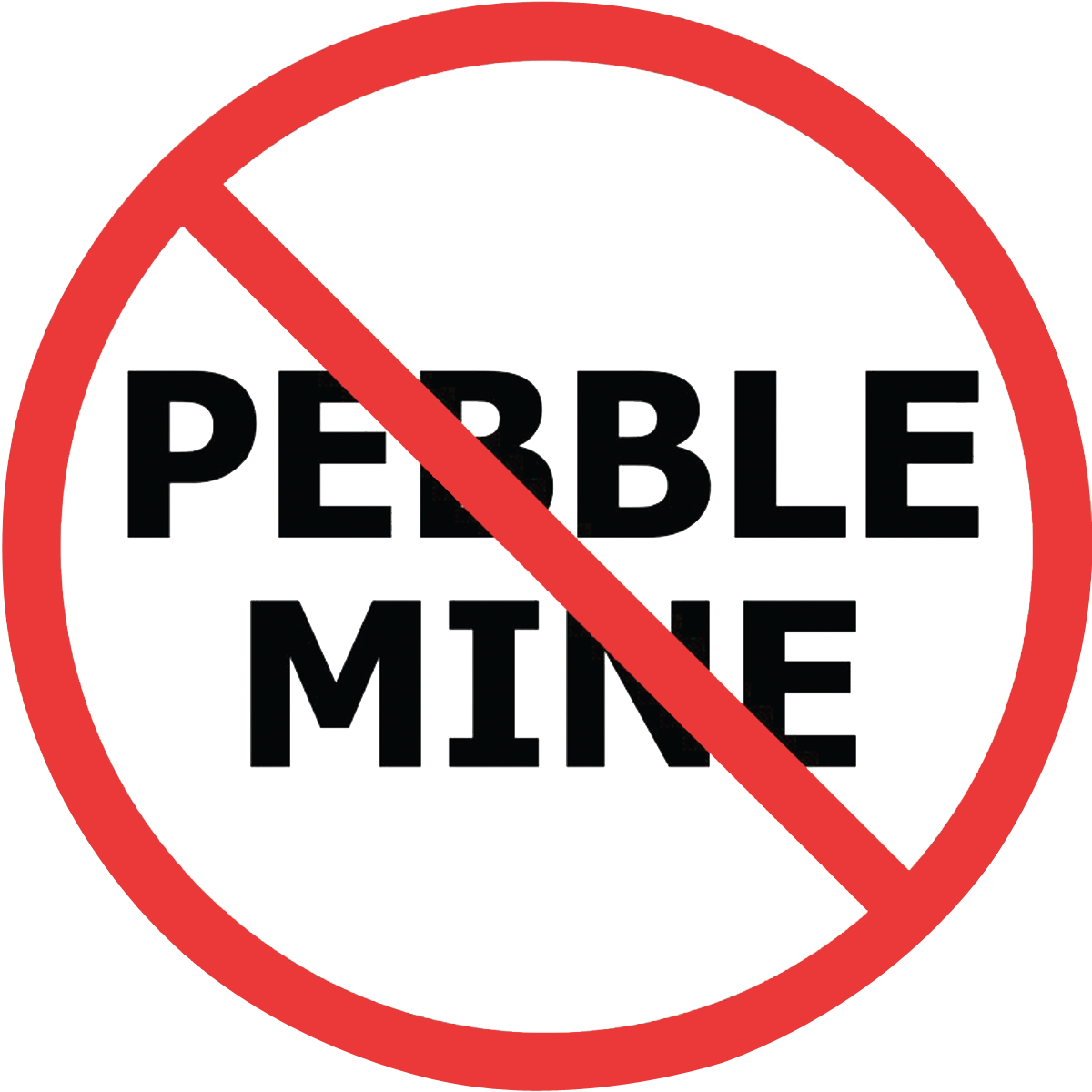View original story from The Vancouver Sun
JOE CHYTHLOOK
Published on: September 13, 2017 | Last Updated: September 13, 2017 10:00 PM PDT
By now, Alaskans have come to the unfortunate realization that the proposed Pebble Mine — a potentially massive gold and copper mine owned by a Vancouver company — is not dead. A new administration in Washington, D.C. that is taking a vastly different approach to resource management is giving fresh life to a proposal to build a mine in an ecologically sensitive and economically important area of the state.
For many in the Bristol Bay region in southwest Alaska, timing of the Pebble Limited Partnership’s recent settlement with the U.S. Environmental Protection Agency was ironic. It came just before the start of commercial fishing season — a season in which a near-record 59 million fish passed through Bristol Bay, waters that supply nearly half of the world’s wild sockeye salmon harvest.
The challenge for Pebble Limited Partnership (PLP) and its Vancouver-based parent company Northern Dynasty Minerals’ (NAK) is the same as it has been since mining giants Anglo American and Rio Tinto abandoned the Pebble Project years ago. They must find a partner or partners who have the ability, financial resources, and expertise to actually make it through permitting and ultimately build the mine. That is a tall, if not impossible, task.
They must also assuage the very real concerns that most people in Bristol Bay have about the mine. Beginning with NAK’s Bruce Jenkins, Pebble’s backers have promised the people of Bristol Bay they would not build the mine if it could not coexist with salmon. PLP even features prominently on its website a quote from board chairman John Shively: “If it’s a choice between fish and mining, we go away. Fish have to come first.”
PLP’s actions over the years have betrayed that very guarantee. PLP stood steadfastly against an EPA process designed to set parameters and guidelines on large-scale mining of the Pebble deposit — guidelines that would have ensured that PLP would live up to its own promise to co-exist with salmon and the billion-dollar economy they support. Instead of proving how it would protect our region’s fisheries, PLP chose litigation. It is no wonder that poll after poll shows a majority of Alaskans is opposed to Pebble.
Even if we were to take PLP and NAK’s word that protecting our economic lifeblood is a priority, we have no reason to believe they are committed to Bristol Bay beyond successful permitting. NAK is a junior mining company with a primary goal of eventually selling its stake to another mining company. For a people that measures time in millennia, the lack of a long-term commitment is disconcerting.
Northern Dynasty’s ability to find a new mining partner for PLP is far from a certainty. As one analyst recently noted, “I believe that Northern Dynasty will be unable to find a large partner to develop the Pebble Mine with. Logically, if the mine was as profitable as Northern Dynasty says it is, there would be a lot more interest in the Pebble Mine by larger mining corporations.”
The observation makes sense. After all, two of the largest mining companies in the world backed out of the Pebble project after investing hundreds of millions of dollars. Even if a partner willing to take on the considerable financial and reputational risk of building “the wrong mine in the wrong place” joins PLP, Alaskans and anyone who cares about wild salmon will remain skeptical. There is no guarantee that a mine will or can be engineered to withstand the test of time.
This new partner cannot afford to get it wrong — our fishery and our livelihoods are at stake.
PLP’s latest change in course regarding Pebble’s potential size is also troubling. PLP has seemingly determined that the primary objections from Alaskans is the sheer size of the mine, so it is floating the idea of a smaller mine footprint. This convenient change ignores a realty about the Pebble deposit. It is a low-grade ore meaning it must be massive in size to be economical and history demonstrates that mines inevitably expand. Notably, PLP has never released a feasibility study that shows that a smaller mine is economically feasible, let alone possible. It needs to do so.
From our love and appreciation of salmon to our respect for the natural beauty that defines our homes, Alaskans and British Columbians have much in common. Thousands of Canadians make their way to Alaska every year to fish, hunt, and even conduct international business.
The construction of what could be the world’s largest open-pit mine is not something our two countries and regions should share. We hope Northern Dynasty Minerals will soon come to understand that the Pebble Mine is, and always will be, the wrong mine in the wrong place.
Joe Chythlook is chairman of the board of the Anchorage-based Bristol Bay Native Corporation.
